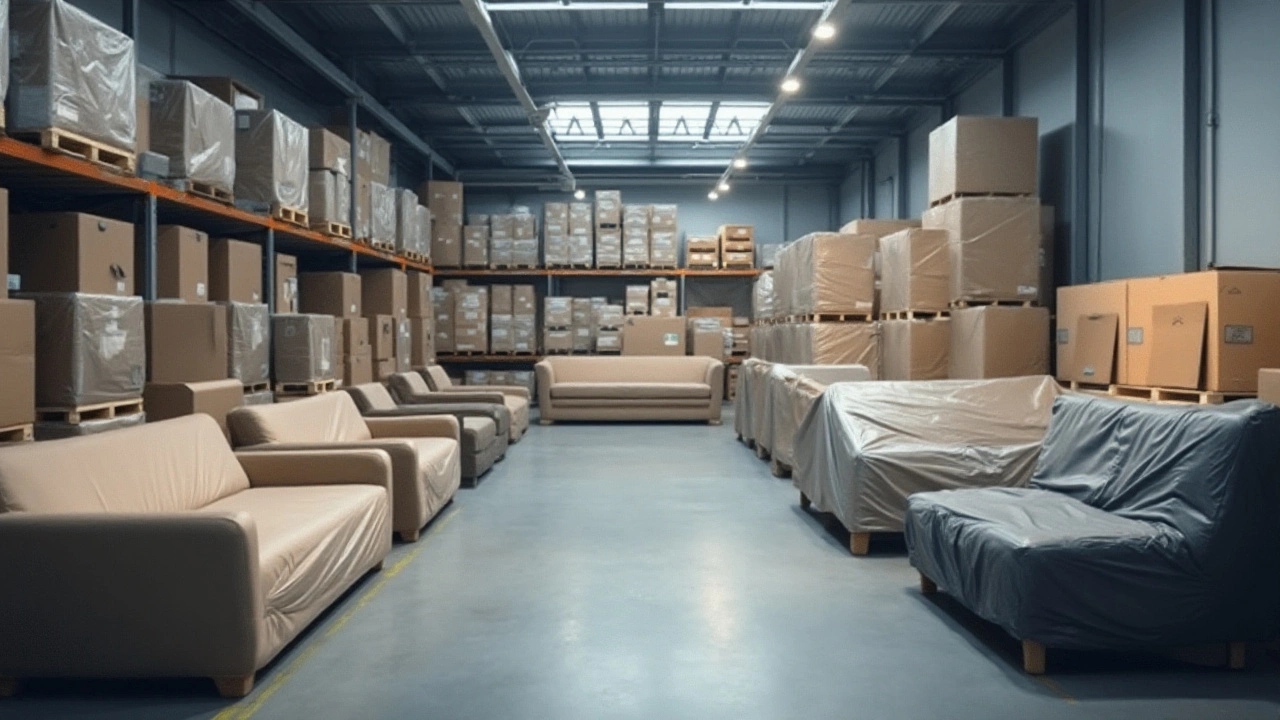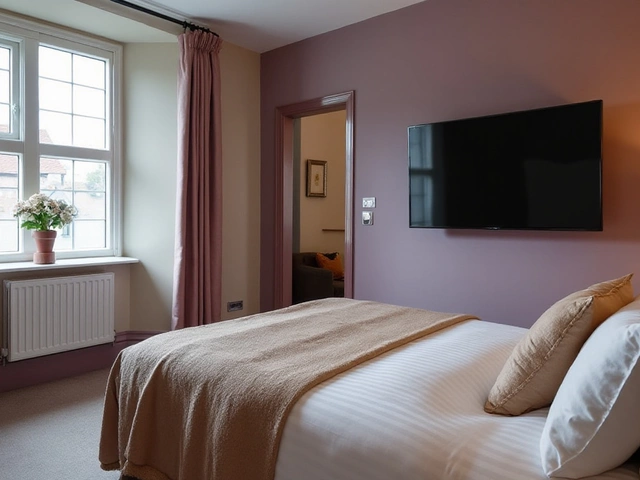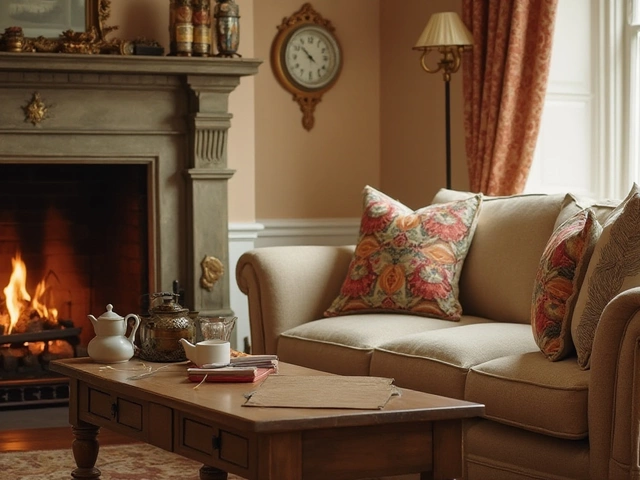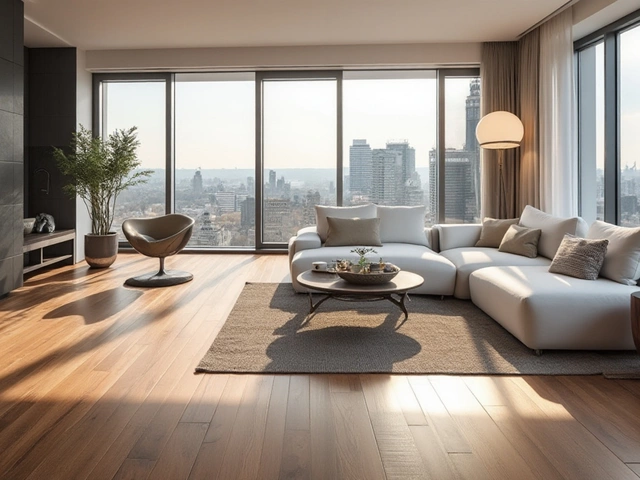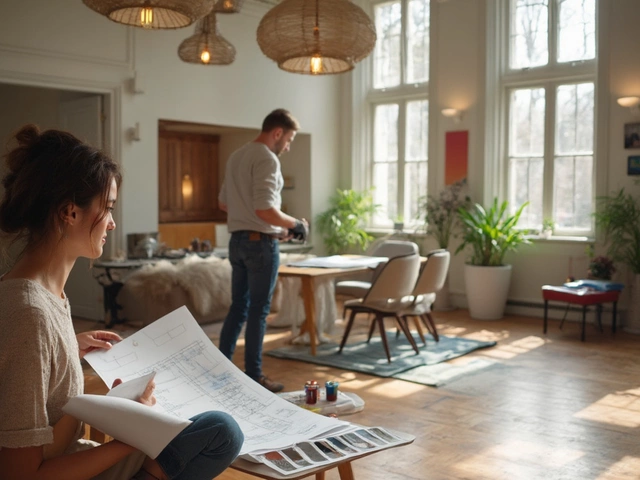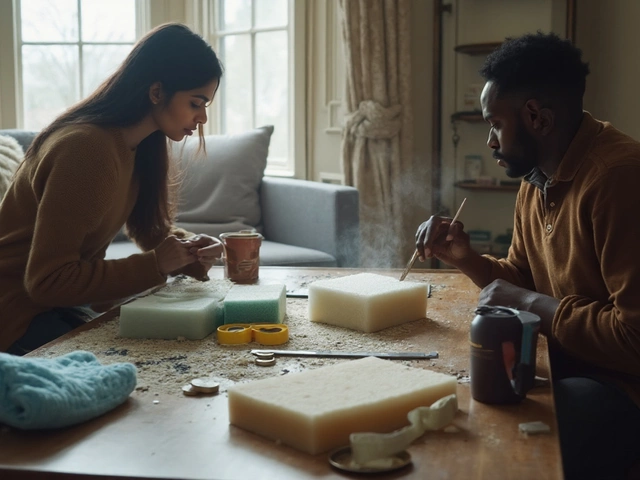Furniture Safety: Simple Tips to Protect Your Home and Family
Every piece of furniture in your house can become a safety risk if it's not set up right. Whether you have toddlers, pets, or just want to avoid accidents, a few easy steps can make a big difference. Below you’ll find practical advice you can start using today.
Why Furniture Safety Matters
Kids love to climb, and heavy items like bookshelves or dressers can tip over in an instant. Even adults can slip on loose cushions or get hurt by a wobbly chair. A single accident can lead to broken bones, bruises, or costly repairs. Keeping furniture stable reduces those risks and gives you peace of mind.
Practical Ways to Make Your Furniture Safer
Anchor tall pieces. Use wall brackets or safety straps to secure bookshelves, dressers, and TV stands. They’re cheap, easy to install, and stop tipping.
Check weight limits. Every chair, sofa, and bed has a maximum load. Make sure you don’t exceed it when adding guests or pets. Look for labels or ask the retailer if you’re unsure.
Secure loose cushions. If your sofa or chair has removable cushions, use non‑slip pads or tie them with Velcro strips. This stops them from sliding off when someone sits down.
Round sharp edges. Corner guards are a simple fix for coffee tables, nightstands, and low shelves. They protect kids from bumps without changing the look of the room.
Keep floors clear. Toys, cords, and rugs can cause trips. Store play items in bins and hide cords behind furniture or use cable covers.
Inspect regularly. Look for loose screws, wobbling legs, or worn-out joints each month. Tightening a screw takes seconds but prevents bigger problems later.
Use proper placement. Place heavy furniture against a wall rather than in the middle of a room. This adds natural support and reduces the chance of tipping.
Child‑proof furniture. For nurseries, choose low‑profile dressers and avoid glass doors. Add safety straps to any tall piece the child can climb.
Mind the pets. Dogs love to jump on sofas. Use pet‑friendly slipcovers that stay in place, and teach pets to stay off furniture that isn’t meant for them.
Making these small changes doesn’t require a big budget or a major remodel. Grab a screwdriver, a few brackets, and start checking each room. Within an hour you’ll have a safer home for everyone.
Remember, safety is an ongoing habit. A quick weekly walk‑through will catch any loose screws before they become a problem. Keep the tips handy, and enjoy a worry‑free living space.

